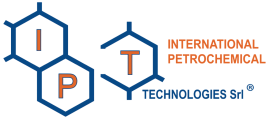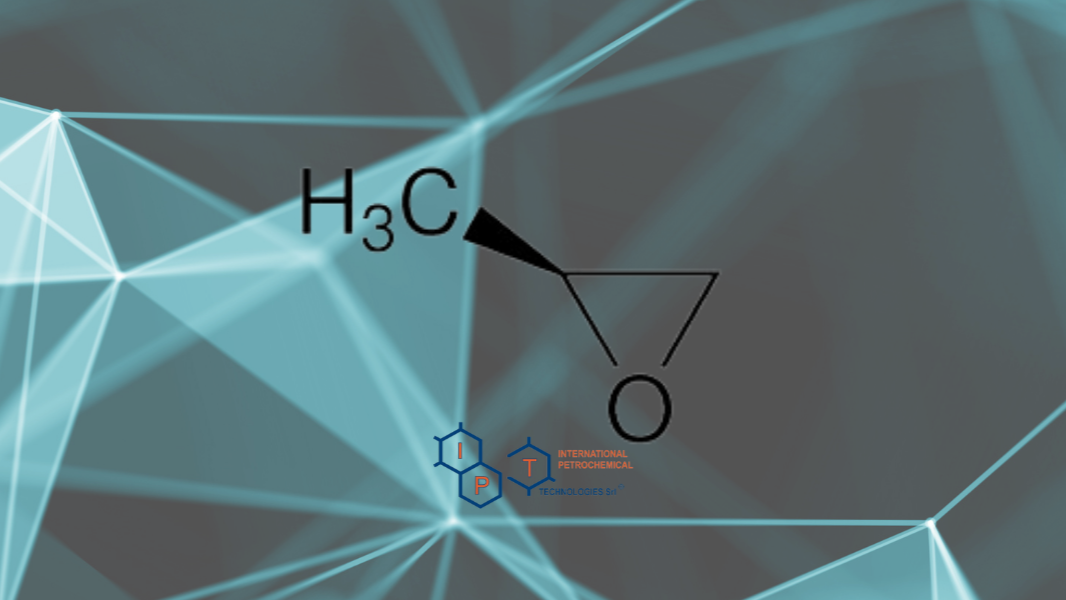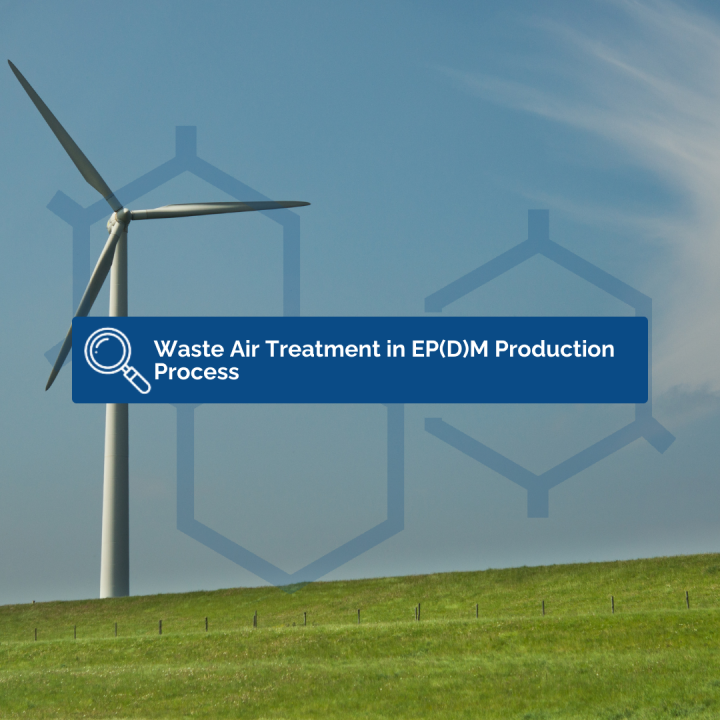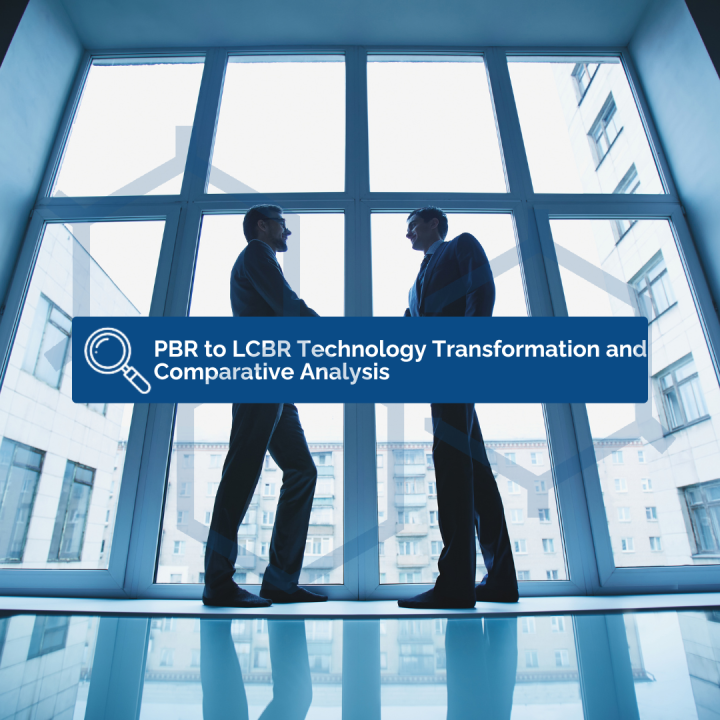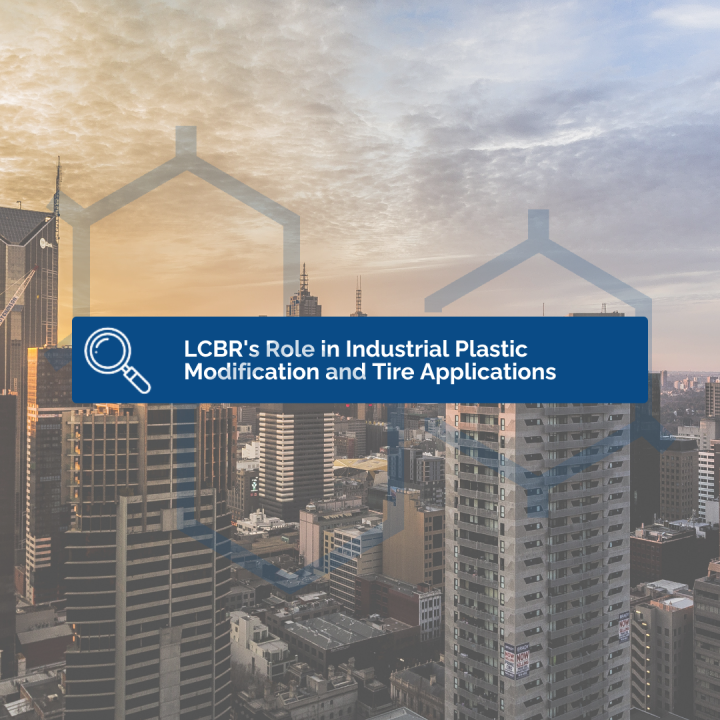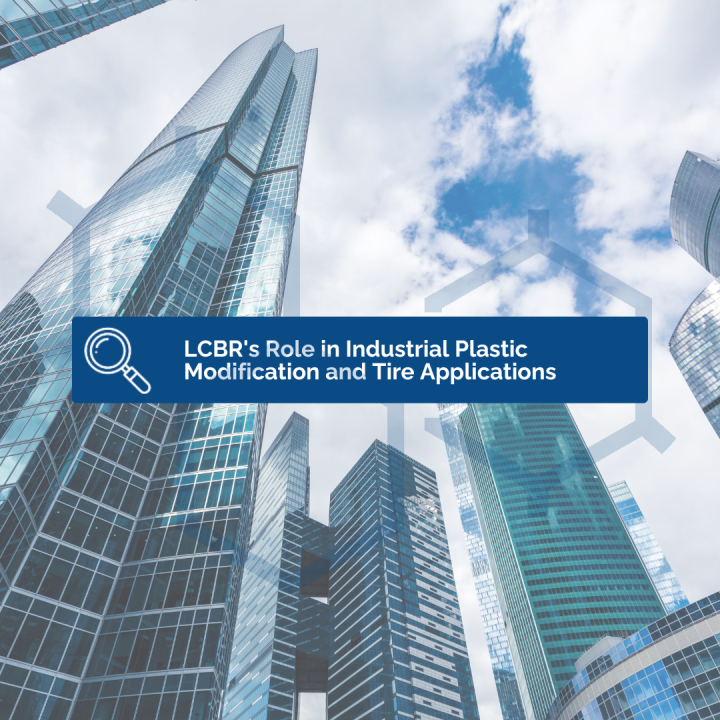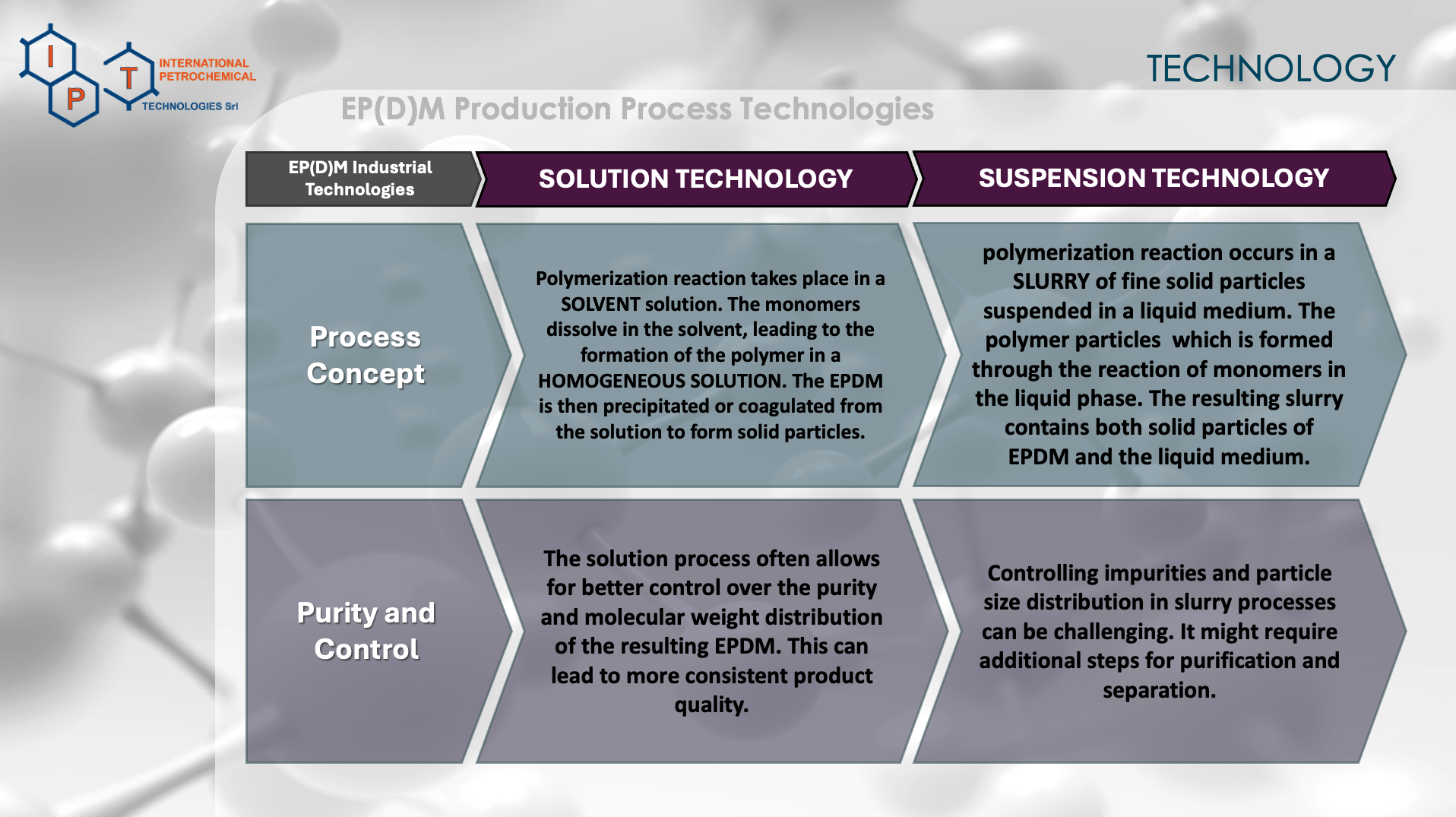IPT S.r.l. stands at the forefront of technological innovation, offering expertise in both PolyButadiene Rubber (PBR) and Low-cis PolyButadiene Rubber (LCBR). The company’s capabilities extend beyond conventional production, with a unique proficiency in modifying and revamping PBR plants to facilitate the seamless production of LCBR. This transformation not only represents a technological milestone but also holds the potential to redefine product portfolios within the industrial sector.
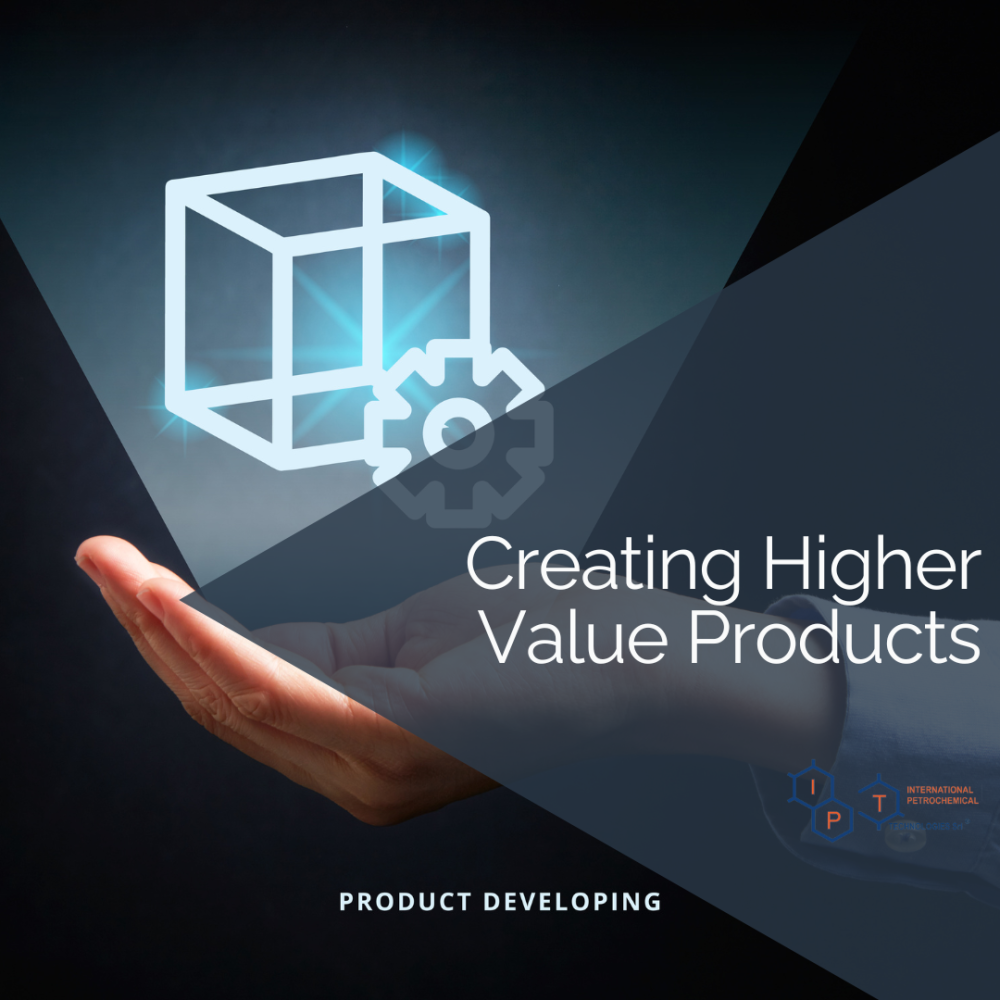
IPT S.r.l.’s pivotal role in the PBR to LCBR technology transformation signifies more than just a technological shift; it’s an opportunity to create products with higher added value. The ability to modify and revamp existing PBR plants showcases the company’s commitment to innovation, enabling businesses to diversify their product portfolios strategically.
A detailed comparison between PBR and LCBR sheds light on the key parameters that differentiate the two materials. The chemical structure of PBR, with its high cis content exceeding 95%, is contrasted with LCBR’s lower cis content ranging from 20% to 50%, impacting its physical properties and applications.
PBR, known for high elasticity, low hysteresis, and excellent abrasion resistance, is often employed in tire manufacturing, conveyor belts, hoses, and seals. In contrast, LCBR, while retaining some of these properties, exhibits better processability and flexibility. This creates a dynamic trade-off, offering businesses the flexibility to choose materials that align with specific performance requirements.
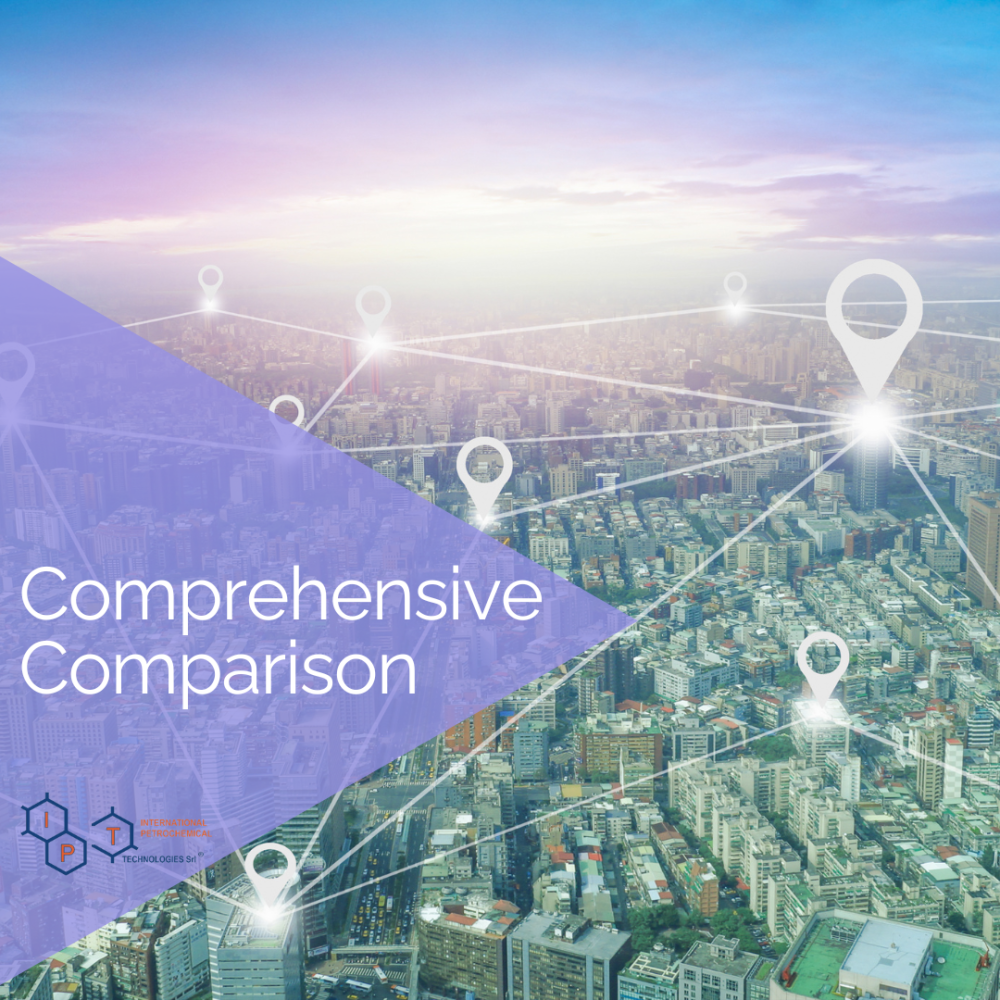
Considerations of cost and availability are also paramount, with PBR widely produced and commercially available, albeit with potential cost implications. LCBR, on the other hand, may require specialized polymerization processes, introducing variability in production costs based on specific manufacturing methods and market demand.
The performance trade-offs between PBR and LCBR further emphasize the nuanced decision-making required by industries. While PBR excels in resilience and abrasion resistance, LCBR emerges as a more versatile option with improved processability and flexibility.
In conclusion, IPT S.r.l.’s transformative technology offers not just a shift in materials but a strategic avenue for businesses to enhance their competitive edge, embrace sustainability, and navigate the complexities of industrial production with confidence.
